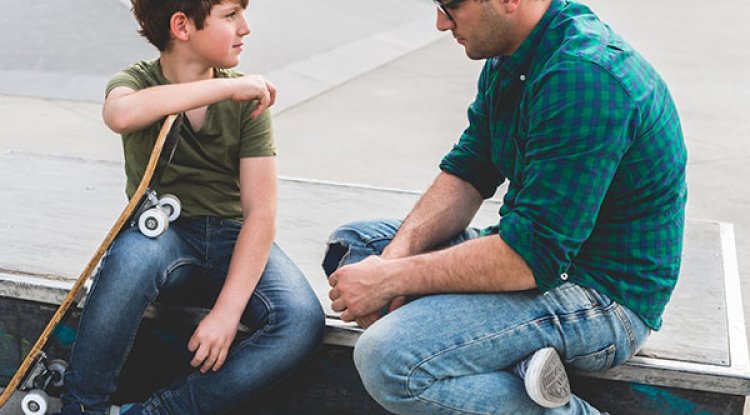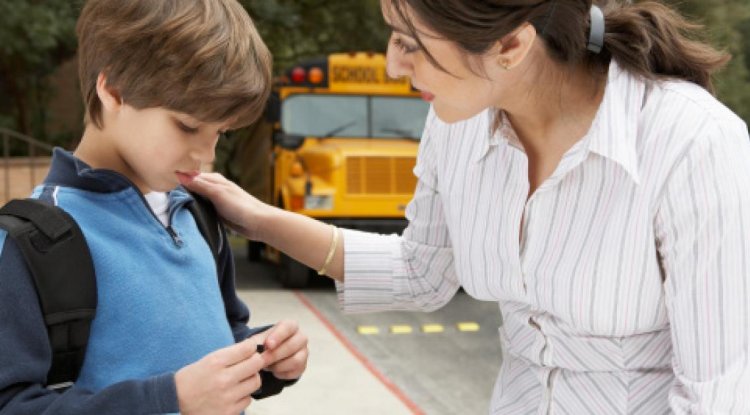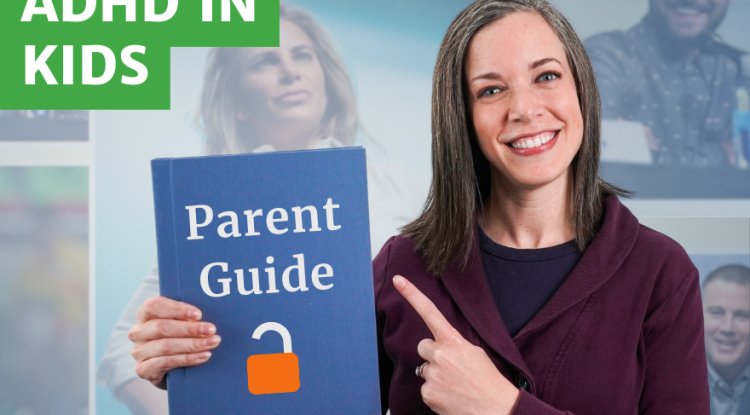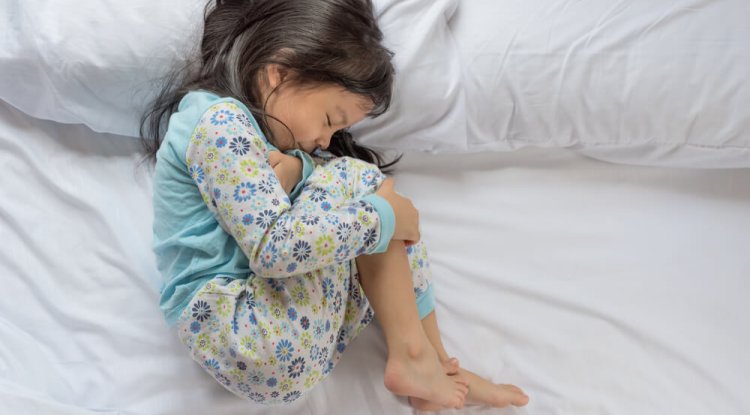A Neurologist Talks About Kids and Headaches: What Parents Should Really Know
It’s one of those moments when every parent recognizes your child, rubs their forehead and says softly, “My head hurts.” Sometimes it’s right after school, sometimes before bedtime, and sometimes it comes out of nowhere. You try not to panic, but in the back of your mind, the worry starts spinning: Is it serious? Could it be something scary?
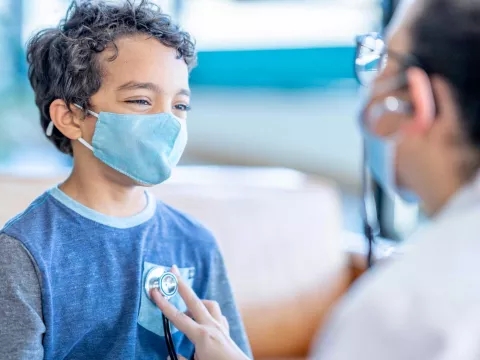
The good news is, most headaches in kids are not dangerous. They’re common, usually mild, and can often be managed with simple care at home. But yes there are moments when a headache deserves more attention. Knowing when to worry and when to relax can save you a lot of sleepless nights.
Let’s go through this together calmly and clearly.
When to Call the Pediatrician: The “First or Worst” Rule
There’s one golden rule neurologists use when thinking about headaches: “first or worst.”
If your child is having their first-ever headache or the worst headache you’ve ever seen them have, don't wait it out. Get them checked by your pediatrician.
Ask yourself a few simple questions:
Has your child had a recent fall, bump, or sports injury?
Do they have a fever or keep vomiting?
Are they acting confused, unsteady, or unusually tired?
If you said yes to any of those, call your doctor. It doesn’t necessarily mean something serious, but it’s worth a closer look. Sometimes headaches follow concussions, viral infections, or dehydration all things that can be managed once identified.
Many parents fear the word “tumor” the moment headaches come up. The truth is, brain tumors in children are extremely rare. So don’t sit alone with that fear your pediatrician can help you figure out what’s really going on.
Yes, Kids Get Migraines Too
Here’s something that surprises a lot of parents: children can get migraines.
Around one in twenty kids experience them, and the risk jumps higher if a parent also has migraines. Genetics play a big role.
But children’s migraines can look a little different from adults’. Instead of pain on one side of the head, kids might feel it on both sides. The headaches might not last as long, but they can still be intense. Some children have to lie in a dark room, nauseated, until it passes.
When a migraine hits, ibuprofen can help if it’s given early. A cold pack, even a simple bag of frozen peas wrapped in a towel can soothe the pain too.
There are also migraine-specific medicines called triptans, which are designed to stop a migraine as it’s starting. One of them, zolmitriptan, comes in a nasal spray, which is perfect for kids who can’t take pills.
For children who get migraines often, doctors sometimes recommend preventive treatments medications like amitriptyline or topiramate. But it’s not always about medicine.
Research shows that pairing medication with cognitive behavioral therapy (CBT) , a form of talk therapy that helps kids understand and manage stress can reduce migraines more effectively than medication alone. Some children even respond to CBT without needing medicine at all.
And yes, most insurance plans cover it.
The More Common Headache: Tension and Stress
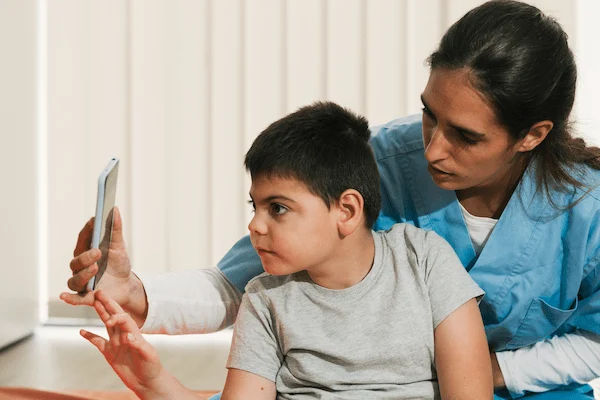
Most kids’ headaches aren’t migraines, they're tension-type headaches, sometimes called “hat band headaches.” The name fits kids to describe a feeling of tightness or pressure wrapping around the forehead or head.
They don’t usually stop a child from functioning completely. Your child might still go to school, eat, or play just not with their usual spark.
These headaches are often triggered by:
Stress or worry
Dehydration
Skipping meals
Not enough sleep
Too much screen time
And yes, screens really can trigger headaches. Bright light, poor posture, and hours of staring at a phone or tablet can easily strain the eyes and neck. Encourage your child to take screen breaks, stretch, and move around.
Sometimes headaches aren’t just physical, they can be emotional signals, too. A child who suddenly has “headaches” on school mornings but feels fine on weekends might be struggling with anxiety, pressure, or even bullying. It’s worth having a gentle conversation, and maybe even checking in with teachers or the school counselor.
When to Go Straight to the ER
Most headaches aren’t emergencies but there are rare times when you shouldn’t wait.
Proceed straight to the ER if your child:
Has a high fever with the headache
Can’t stop vomiting
Sees double or has trouble walking
Can’t move their arms or legs normally
These symptoms are unusual, but they need immediate attention.
What's Your Reaction?















